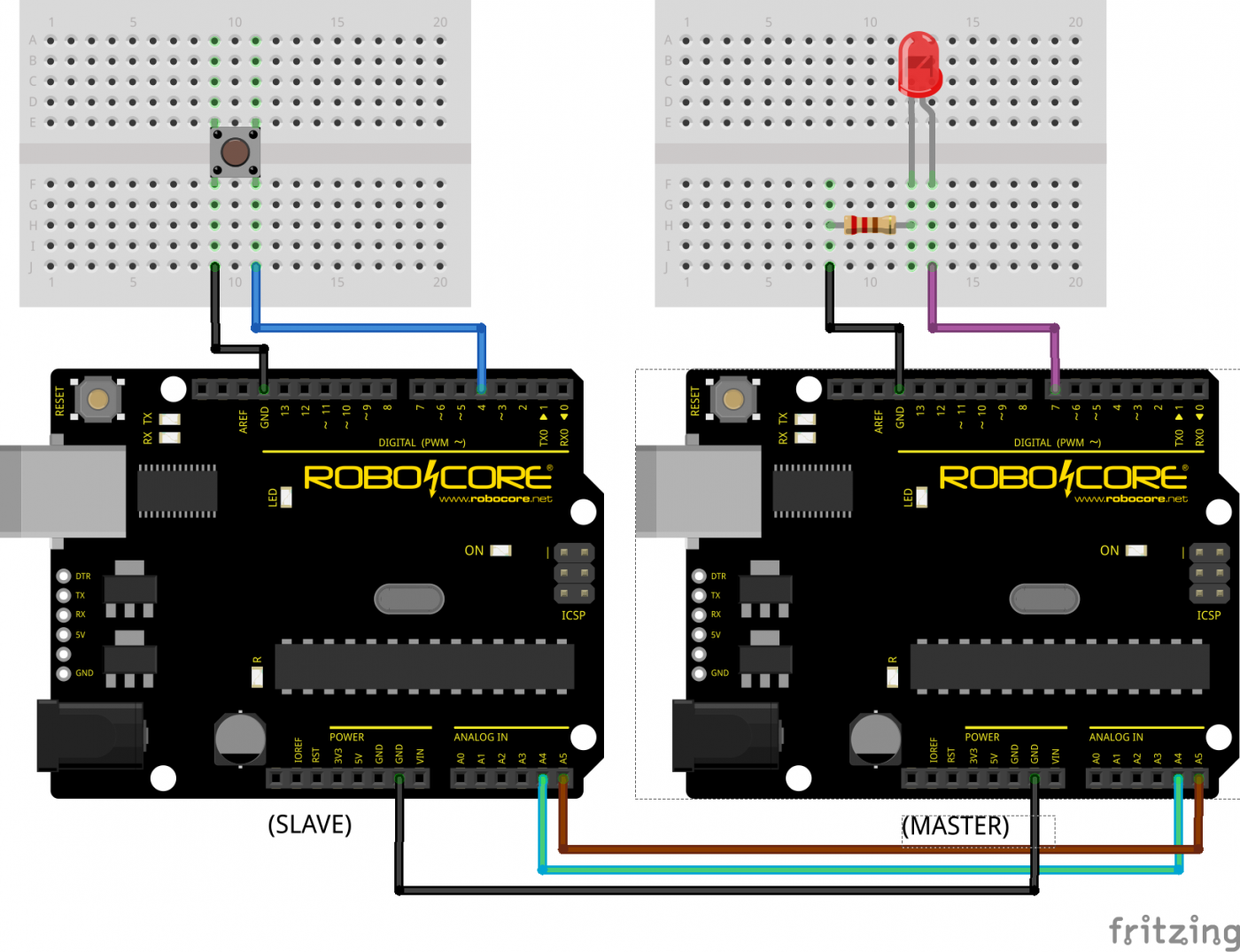

The microcontroller must function as the master device, multiple masters are not supported. A timeout feature is included to prevent lockups by faulty or missing hardware. Multiple objects (for multiple software I2C buses) and clock-stretching by slave devices are supported. Alternatively it is possible to pass references to functions which read and control the SDA and SCL lines, thereby allowing direct port manipulation to be used if preferred. Alternatively it is possible to pass references to functions which read. The pins to be used for the serial data (SDA) and serial clock (SCL) control lines can be defined at run-time. It utilises the pinMode (), digitalWrite () and digitalRead () functions. The pins to be used for the serial data (SDA) and serial clock (SCL) control lines can be defined at run-time. SoftWire is a software I2C implementation for Arduino and other Wiring-type environments. The ESP32 has a Wire library that is compatible with the Arduino Wire. It utilises the pinMode(), digitalWrite() and digitalRead() functions. I2C Master Mode In this mode, the ESP32 generates the clock signal and initiates. SoftWire is a software I2C implementation for Arduino and other Wiring-type environments.

Each device has a unique ID that others can use to directly address that specific device. I2C is a 2-wire bus that allows multiple devices to all connect on one set of pins so its. The I2C is a multi-master multi-slave protocol that supports a large number of devices on the same 2-wire bus. Author Steve Marple Website Category Communication License LGPL 2.1 Library Type Contributed Architectures Any A lot of sensors, displays, and devices can connect over I2C.


 0 kommentar(er)
0 kommentar(er)
